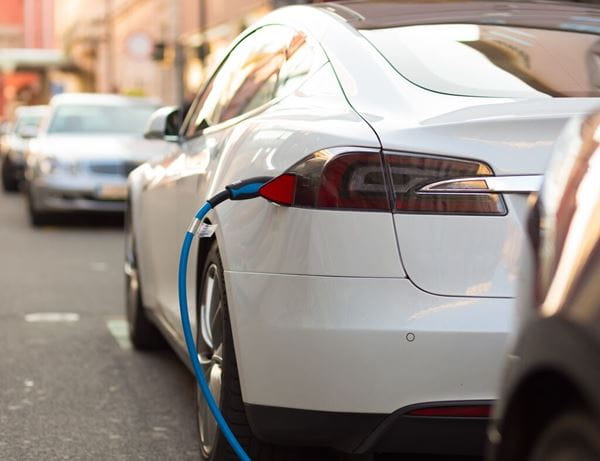
Saving money with more effective fleet management
Discover valuable tips from LeasePlan's Head of Consultancy, Matthew Walters, on how to save money on fleet costs as part of our Cost Saving Series. Learn about funding options, aligning cash and car benefits and evaluating whole-life costs. Read more.
I know from talking with many of LeasePlan’s customers that fleet costs are a constant concern for many businesses and public sector organisations. It’s a necessary expense, of course, but you don’t want to be paying more than you need to. My team and I are here to help with this challenge, so to get the ball rolling, here are my seven top tips for saving money.
1. Get the right fit for your funding
Maybe it shouldn’t be surprising, given how much businesses and organisations have to think about every day, but many fleet funding decisions were made years ago and have never been reviewed. But can you say nothing has changed in your business operations or the wider environment since then? Contract hire may be by far the most popular option in the UK, but depending on your VAT status or vehicle use other options might work better for you. Find out more in our funding guide.
2. Think about releasing a lump sum
If you currently own your fleet, you can release a lump sum and simplify your costs by selling your vehicles to a contract hire company and then leasing them back. This is called ‘Sale and Leaseback’ and for some businesses, it can be a very effective solution.
3. Cap more than CO2
If you already have a cap in place for CO2, why stop there? Capping miles per gallon (MPG) for the cars you offer as well, and you can build fuel cost savings into your fleet from the moment the vehicles are chosen. Plus, when you combine this with the CO2 cap, you could reduce your National Insurance costs and Benefit in Kind taxation.
4. Cut choice to cut costs
Removing vehicle choice altogether is a bold approach to cut costs, but we’ve seen it work successfully for businesses ranging from SMEs to large public sector fleets. Having a single job requirement car can deliver real savings, but it works best with job-need fleets. This is where harmonisation can create economies of scale and buying power, simplify reallocation and ensure all drivers can use all vehicles without the need for familiarisation.
5. Compare cash Vs car
Aligning the benefits provided by your cash for car scheme with your company car scheme can unlock substantial cost reductions. Many businesses are surprised by the differences when they compare the costs for each company car grade, including mileage reimbursements, with the cash option.
6. Take a deeper dive into funding and taxation
My team have published a comprehensive guide into funding and taxation that includes strategies for managing these challenges more effectively. It’s free to download, so why not pick up your copy today.
7. Wake up to whole-life costs
I’ve saved the best for last. My number one way to save money is to make sure you look at every vehicle’s whole life costs. This combines monthly rental with variables ranging from fuel/energy and maintenance to taxation and insurance. It’s a more accurate representation of what each vehicle costs you for its lifetime in your fleet and it’s particularly important with electric vehicles.
If you need some help with this, take a look at our financial modelling software. It can help you work out the total cost of ownership for a range of vehicles, so you can select the ones that align best with your cost-saving goals.

.jpg?rev=3adbd558867c4d92bf9f22752f12a09c&mw=600)



